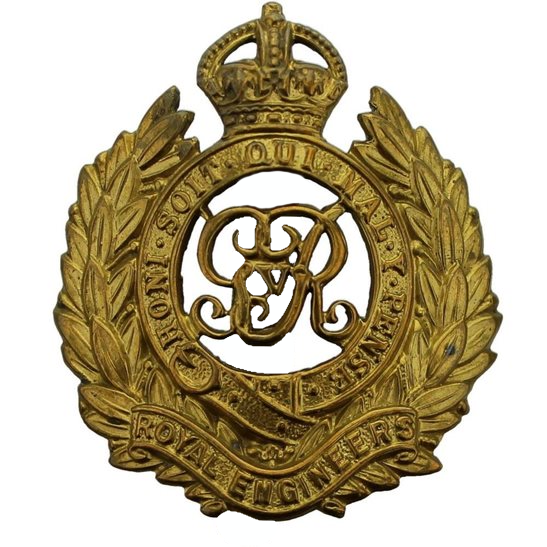Personal Details
Born: 31 July 1875 in Oakengates, Shropshire.
Family: He was the third of five children of George Hall, a stone breaker, and his wife Mary. He also had two step siblings from his mother’s first marriage. George married Martha Heatley on 21 December 1909 in Tilstock Parish Church, Whitchurch, Shropshire; they adopted one child, Annie Elizabeth.
Residence: In 1881 he lived in Ash Parva, Whitchurch; in 1891 he was a servant at Wickstead Hall, Wirswall, Whitchurch. In 1901 he was back living with his father in Ash Wood Lane, Ash Parva, Whitchurch and in 1911 he was living in Pepper Street, Chelford, Cheshire. The 1919 Absent Voters’ Register indicates an address of 20 Egerton Road, Whitchurch, where he was living until he died in 1945.
Employment: In 1891 he was a waggoner; in 1901 his occupation was gravel getter. In 1911 he was a railway labourer. When he enlisted he gave his occupation as platelayer and in 1939 he was an engineering maintenance repairer working for LM&N Railway.
Died: 21 November 1945 in Whitchurch, aged 70 and was buried on 24 November the same year in Whitchurch cemetery.
Military Details
Regiment: Royal Engineers
Rank: Sapper
Service Number: WR/318010 (previously 290585)
Date of Enlistment: 18 January 1916
Date of Discharge: 6 February 1919
Reason for Discharge: Demobilisation
George was awarded the Campaign Medals (British War Medal, and Victory Medal).

The British War Medal (also known as 'Squeak') was a silver or bronze medal awarded to officers and men of the British and Imperial Forces who either entered a theatre of war or entered service overseas between 5th August 1914 and 11th November 1918 inclusive. This was later extended to services in Russia, Siberia and some other areas in 1919 and 1920. Approximately 6.5 million British War Medals were issued. Approximately 6.4 million of these were the silver versions of this medal. Around 110,000 of a bronze version were issued mainly to Chinese, Maltese and Indian Labour Corps. The front (obv or obverse) of the medal depicts the head of George V. The recipient's service number, rank, name and unit was impressed on the rim.
The Allied Victory Medal (also known as 'Wilfred') was issued by each of the allies. It was decided that each of the allies should each issue their own bronze victory medal with a similar design, similar equivalent wording and identical ribbon. The British medal was designed by W. McMillan. The front depicts a winged classical figure representing victory. Approximately 5.7 million victory medals were issued. Interestingly, eligibility for this medal was more restrictive and not everyone who received the British War Medal ('Squeak') also received the Victory Medal ('Wilfred'). However, in general, all recipients of 'Wilfred' also received 'Squeak' and all recipients of The 1914 Star or The 1914/1915 Star (also known as 'Pip') also received both 'Squeak' and 'Wilfred'. The recipient's service number, rank, name and unit was impressed on the rim.

